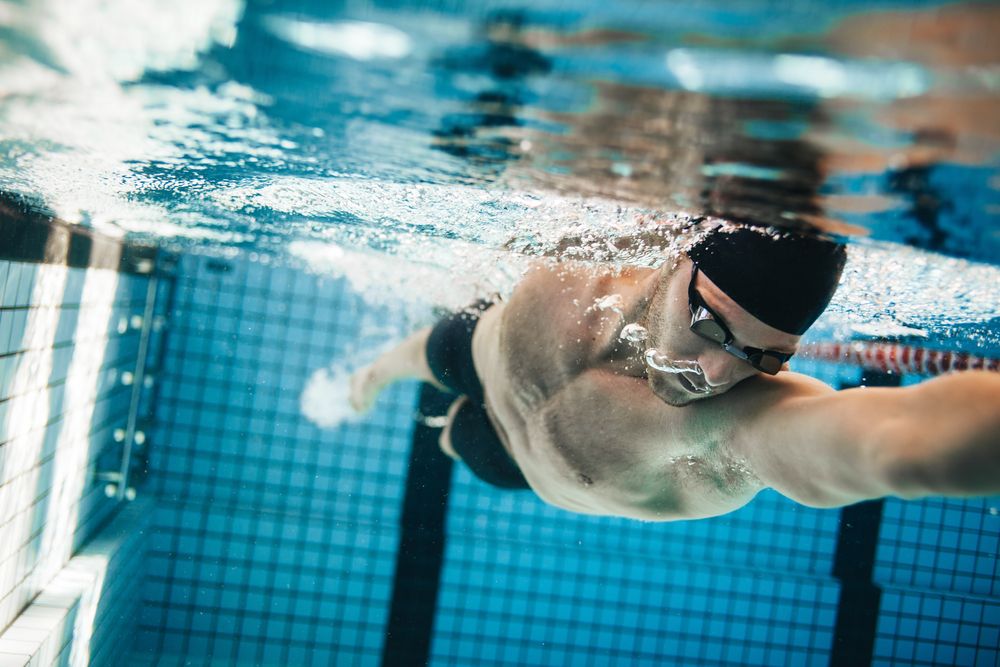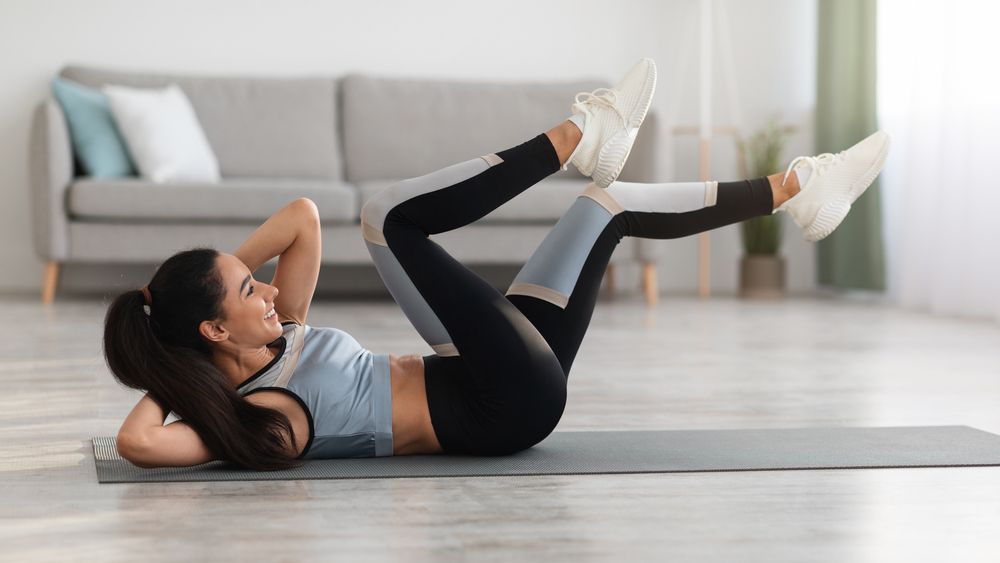
Building and maintaining strong abs is crucial for various reasons. They support your spine, promote good posture, and strengthen your back. Additionally, well-developed abs enhance balance, improve workout performance, and aid in daily activities. While a defined six-pack looks impressive, it also contributes to better overall body function. So, how many days a week should you dedicate to ab training to achieve that coveted six-pack?
How Often Should You Work Out Your Abs Each Week?

Plain and simple, you should strive to train your abs two to three times a week, making every workout count. Avoid falling into the pattern of working your abs five to seven days a week, as it will increase the time it takes to reach your goal.
"You shouldn't approach ab training any differently than other muscle groups," advises Domenic Angelino, CPT at the International Personal Trainer Academy (IPTA). "While your abs may recover a bit faster than other muscles, it's still important not to train them every day. Overtraining your abs can lead to decreased workout intensity, resulting in less effective sessions."
Angelino also recommends incorporating weights to increase the difficulty as you advance in your training.
What Are the Best Exercises for Six-Pack Abs?
The best exercises for developing six-pack abs can depend on your body type and current fitness level.
For those with moderate to high body fat:
"If you have a higher level of body fat, prioritize cardio to help reduce overall fat," suggests Angelino. "Once you’ve leaned out, you can then concentrate on targeted ab exercises."
1) Swimming

Swimming is stellar when it comes to torching fat, which is beneficial when it comes to developing lean abs.
"One of the main benefits of swimming for someone who wants to have six-pack abs is that swimming also engages your abdominal muscles in a meaningful way, helping you build ab muscles while also helping with fat loss," says Angelino.
2) Running

Running is a seamless and accessible method for those who want to burn fat and reveal their abs. In addition, you can do it pretty much anywhere.
"You can run on a treadmill at a gym or in your apartment. You can run on a track, in the woods, at a park, or around your neighborhood," explains Angelino. "Running also involves your abdominal muscles."
3) Outdoor Biking

Biking outdoors not only helps burn body fat but also engages your abdominal muscles.
"When biking outside, your abs work to maintain balance and keep both your body and bike upright," Angelino explains. "This benefit isn’t as pronounced with a stationary bike, so I recommend outdoor biking for more effective core engagement."
For those with less body fat:
If your body fat is relatively low, Angelino advises incorporating direct ab training into your routine.
"The exercises listed below will target all major muscle groups in your abdominal wall, essential for developing well-defined six-pack abs," he says. "These exercises can be adjusted based on your current fitness level."
1) Hanging Leg Raises

Hanging leg raises are highly effective for building your abdominal muscles. “This exercise targets the transverse abdominis, which helps your six-pack abs become more pronounced,” Angelino explains.
If hanging leg raises are too challenging, you might try lying leg raises as an alternative.
2) Elbow to Knee Crunches

This variation of crunches is excellent for targeting your obliques, the muscles on the sides of your abs.
“Developed obliques can enhance the appearance of your six-pack, making it look more prominent as they expand the coverage of your torso,” Angelino notes. “This exercise is beneficial because it engages both your obliques and your rectus abdominis—the primary six-pack muscle—providing a comprehensive workout for both.”
If this exercise feels too difficult, try Russian twists or standard crunches as alternatives.
3) Planks

The classic plank remains one of the most effective exercises for strengthening your transverse abdominis.
"Building up your transverse abdominis enhances core stability during other heavy exercises," Angelino explains. "This added stability can indirectly improve your abs' strength by engaging them more during movements like squats. The more weight you squat, the more your abs will work to keep you stable."
If a standard plank is too challenging, try starting with a kneeling plank as an alternative.

